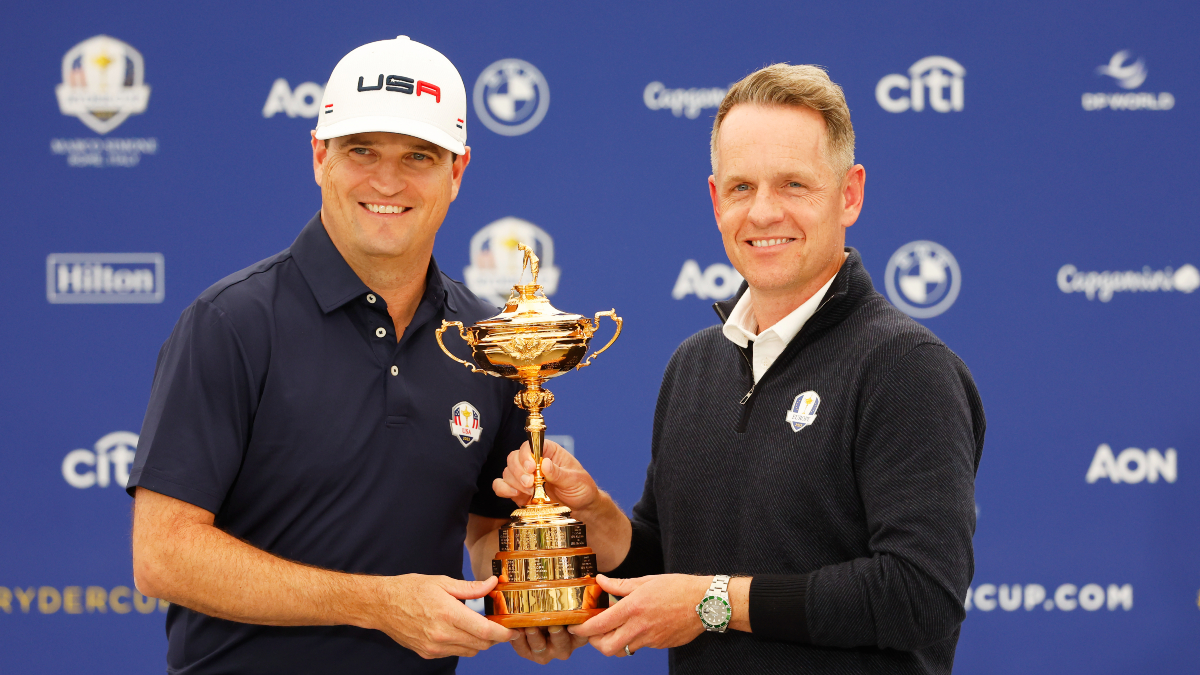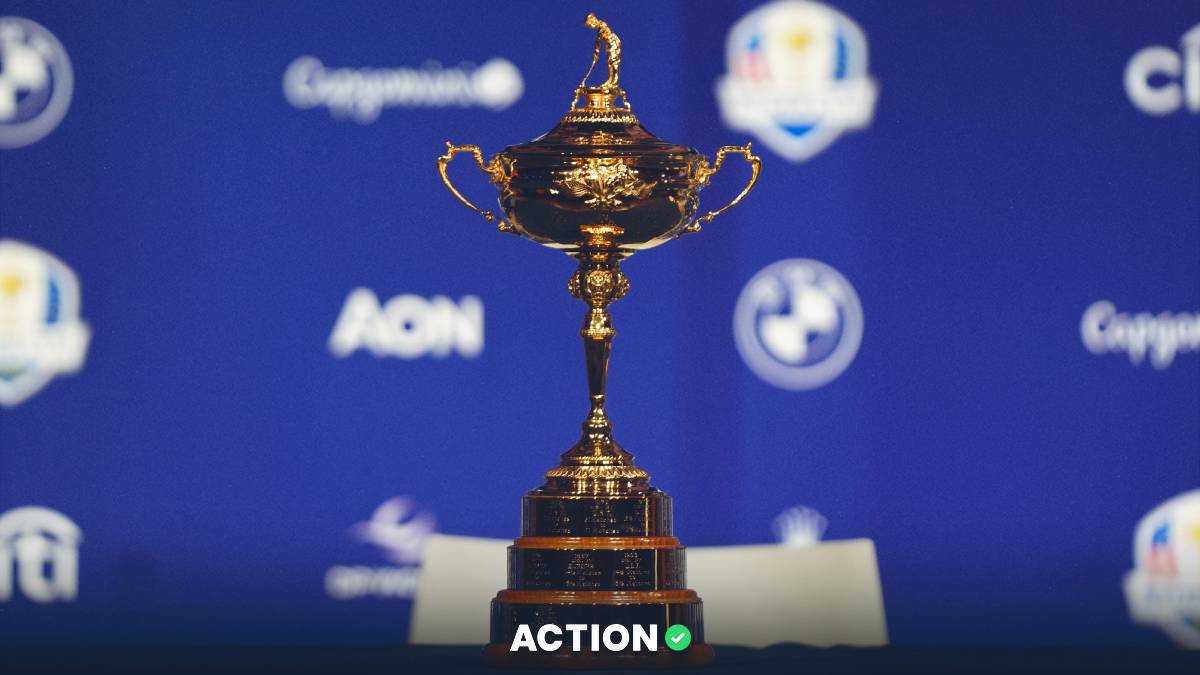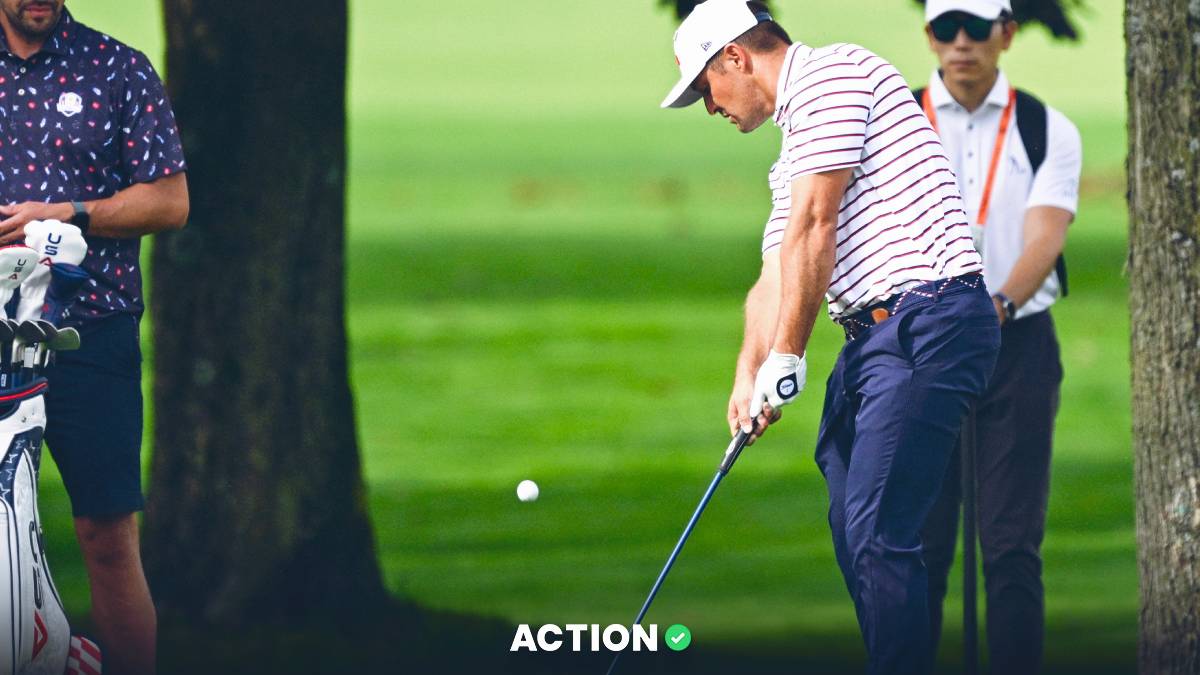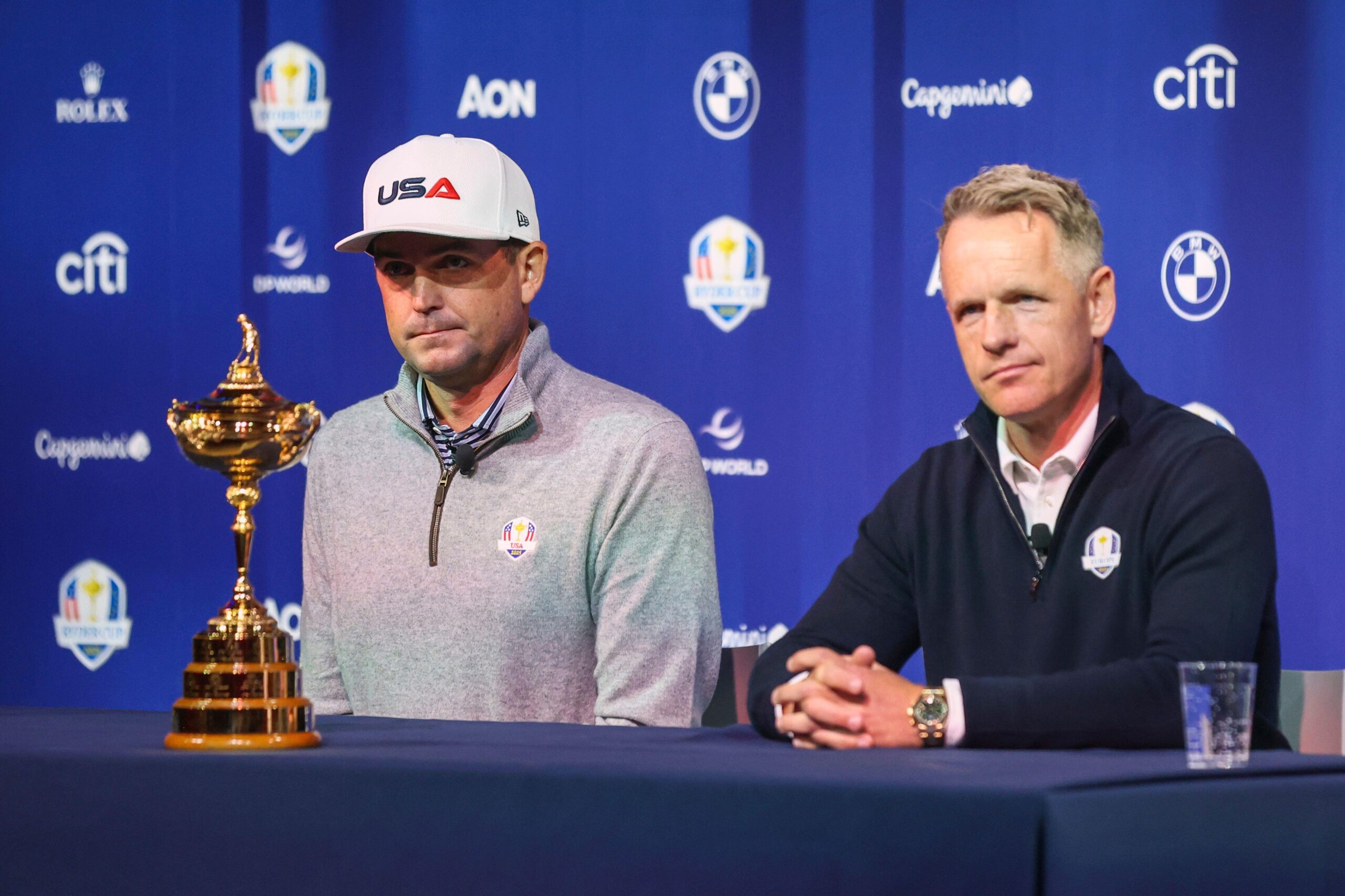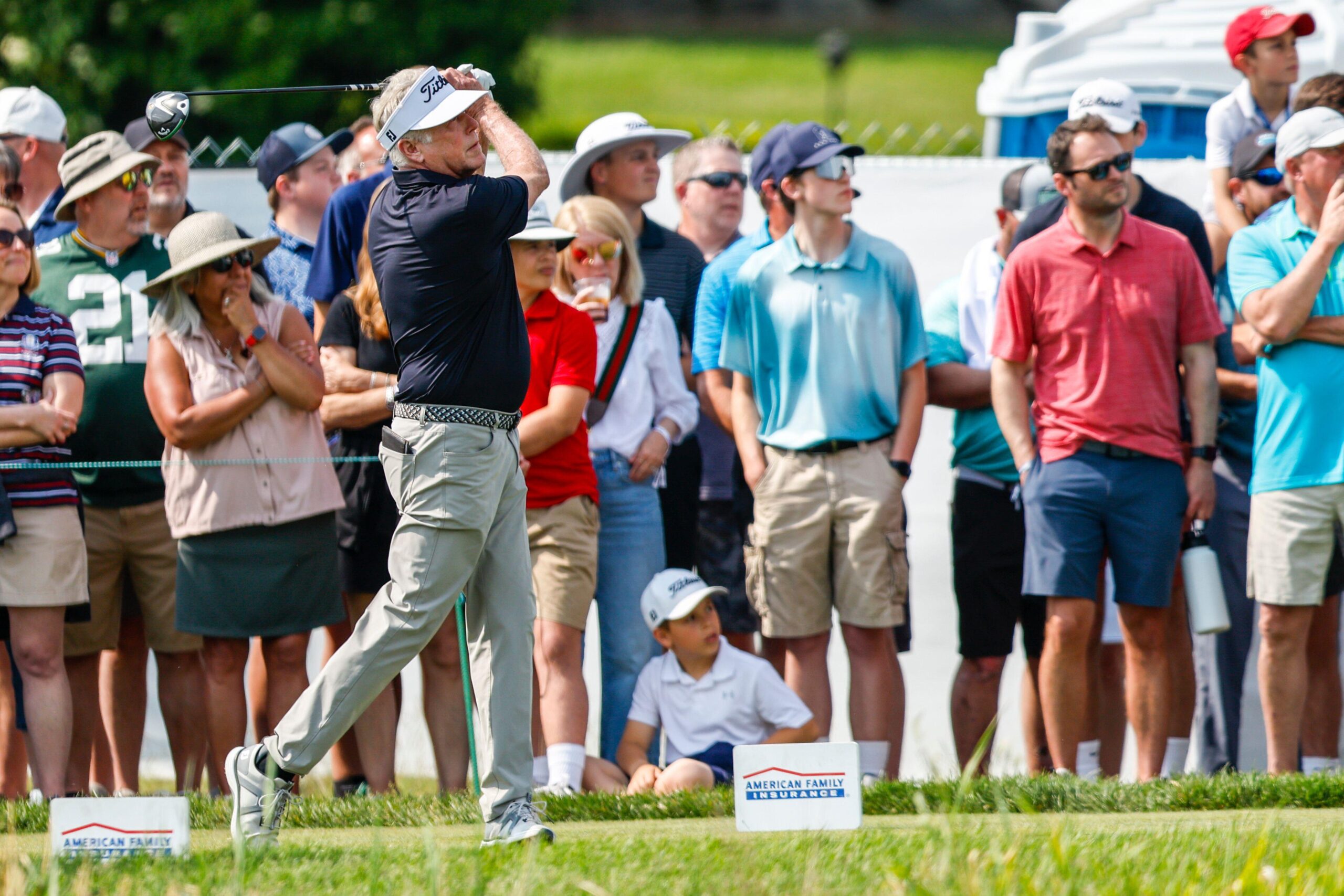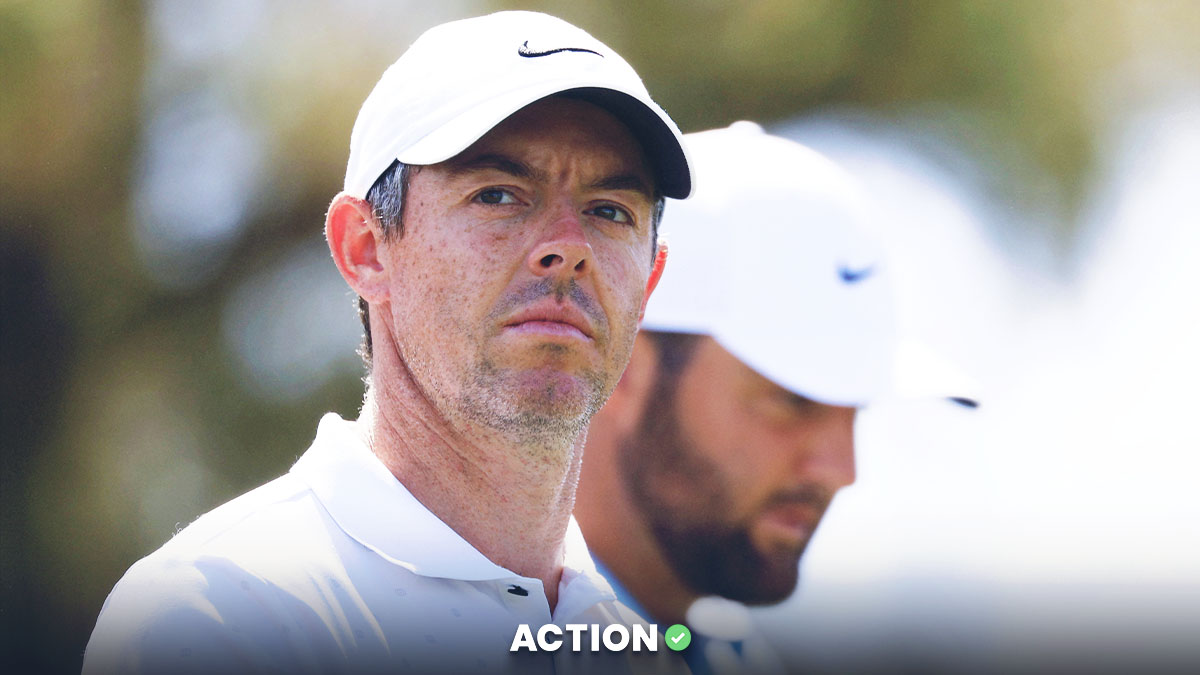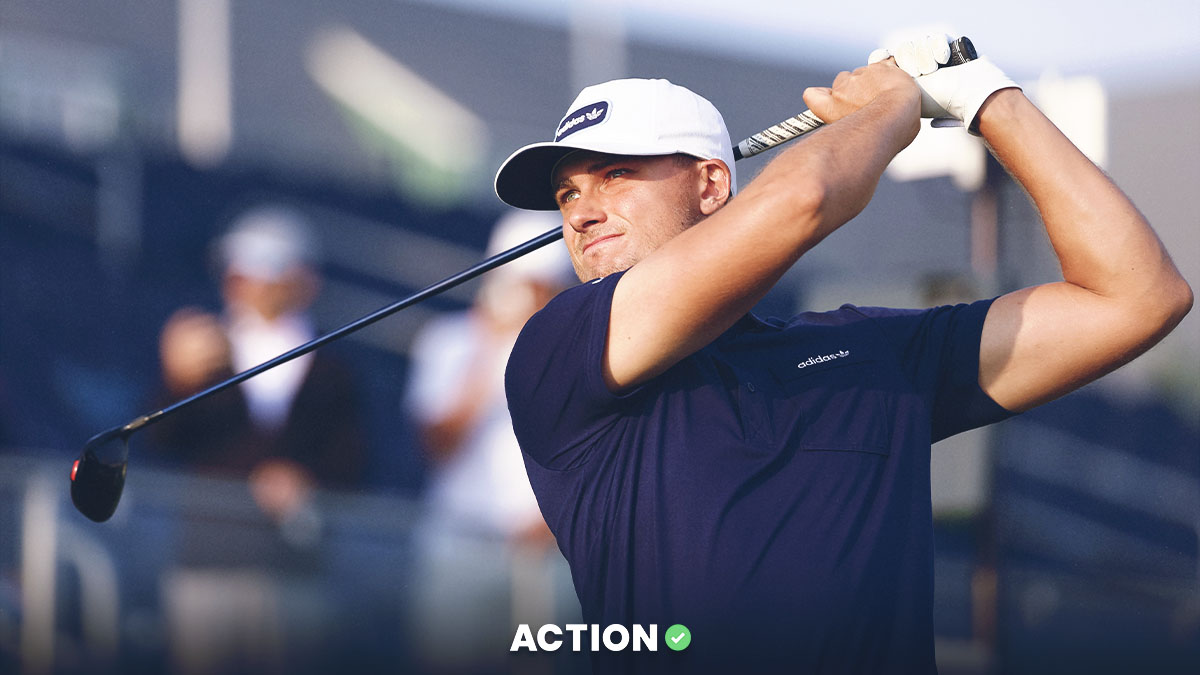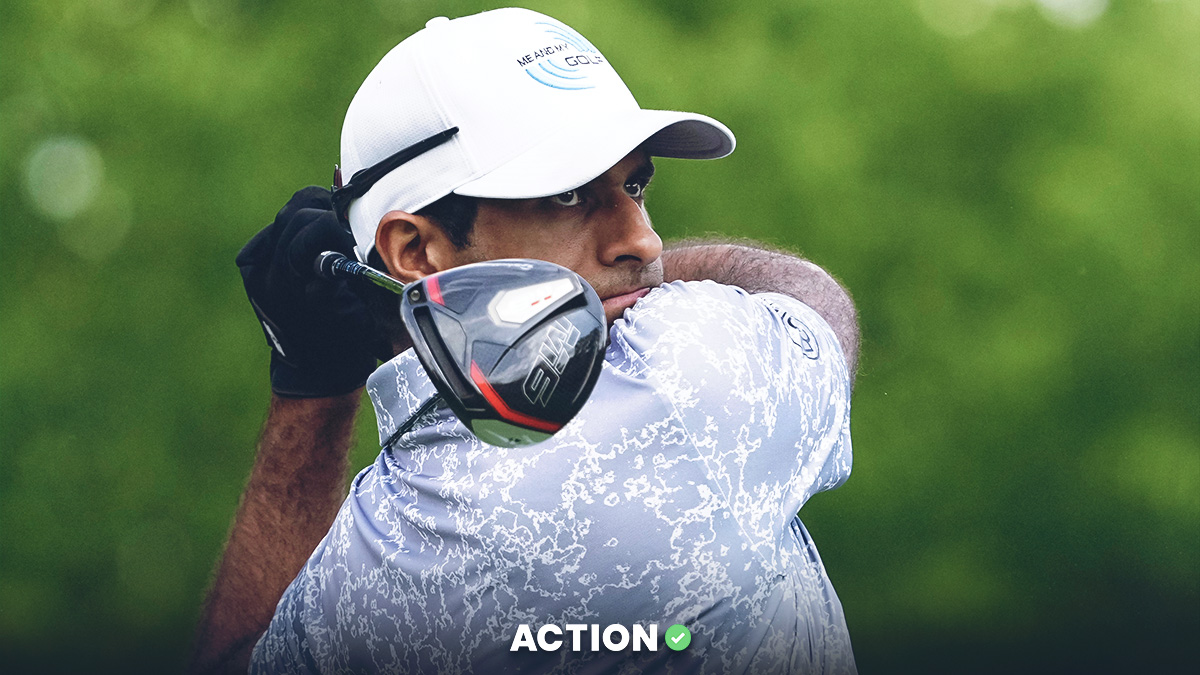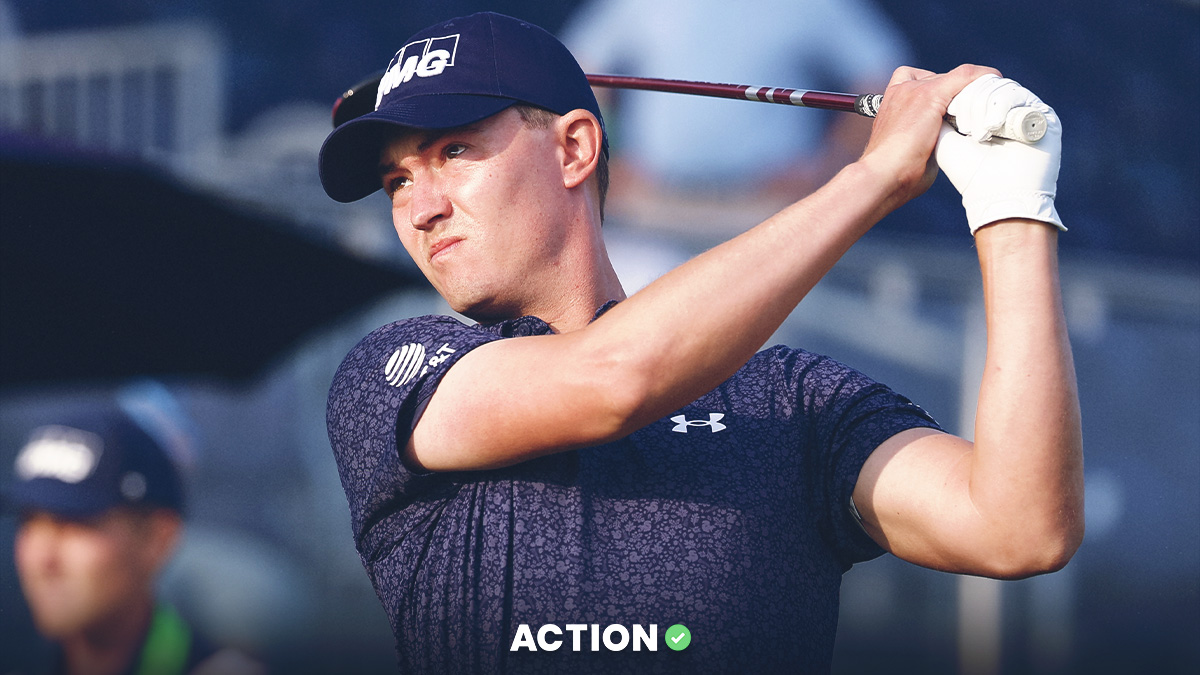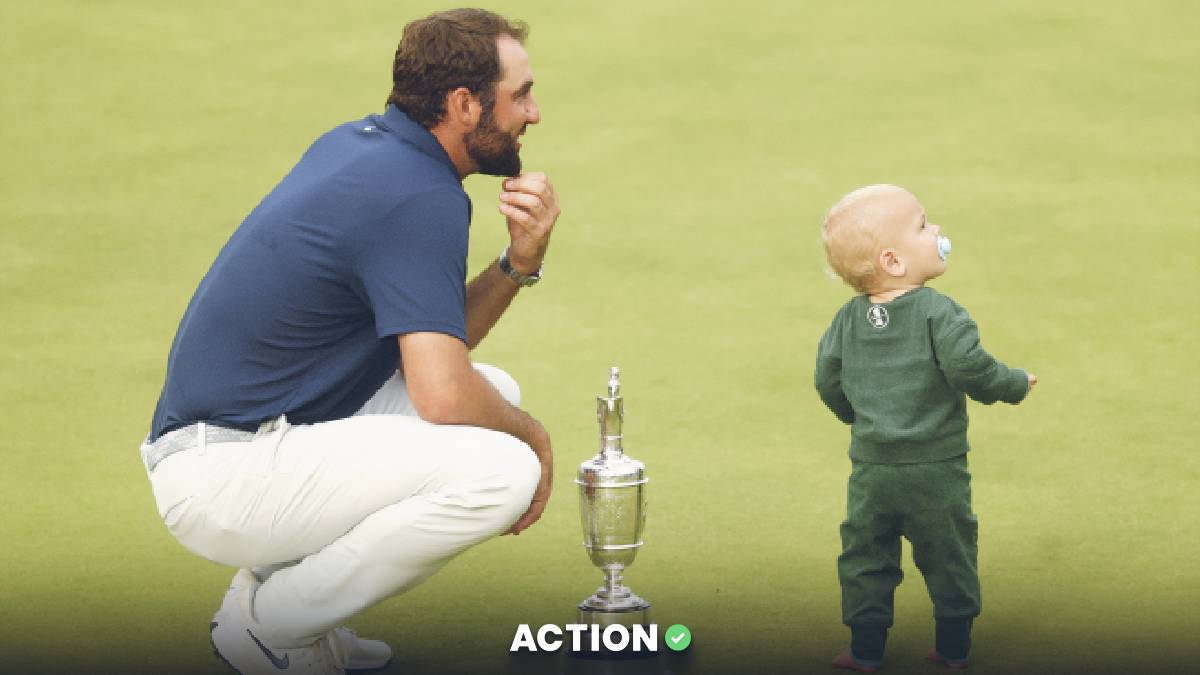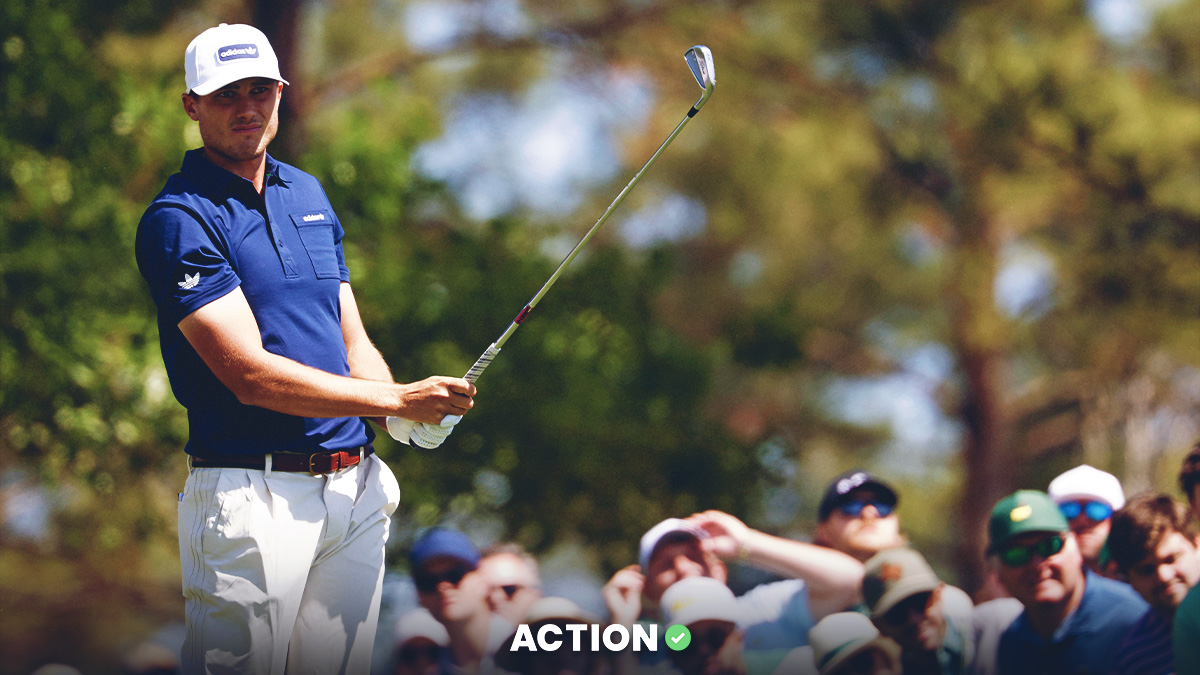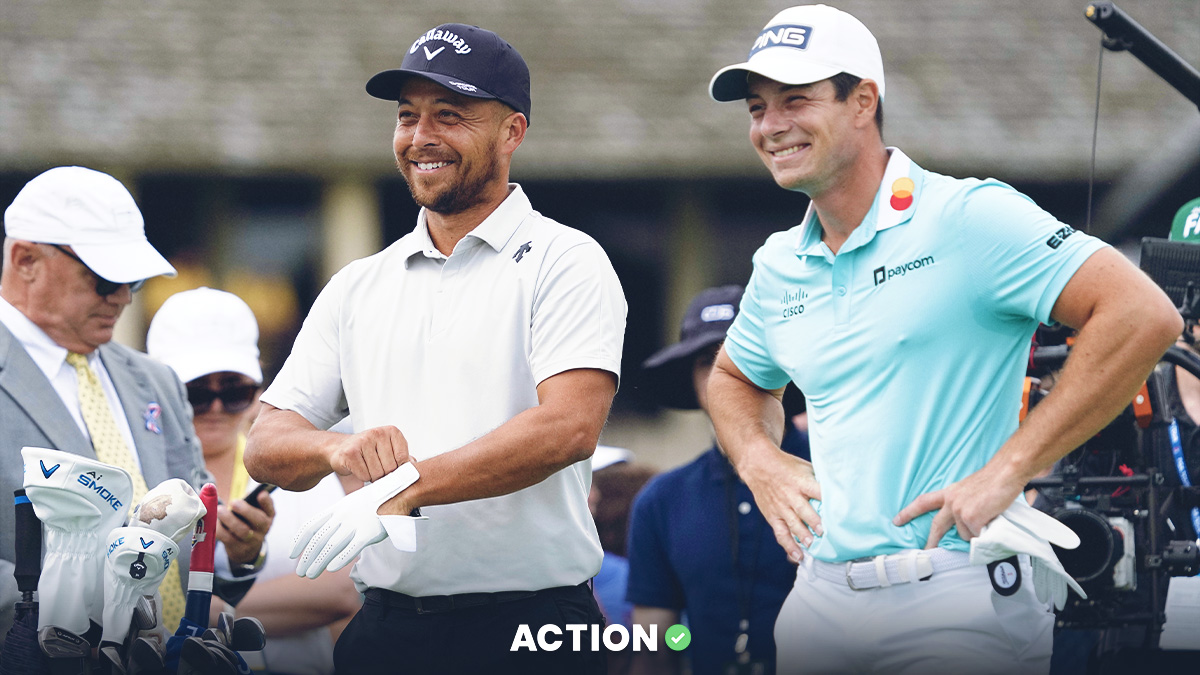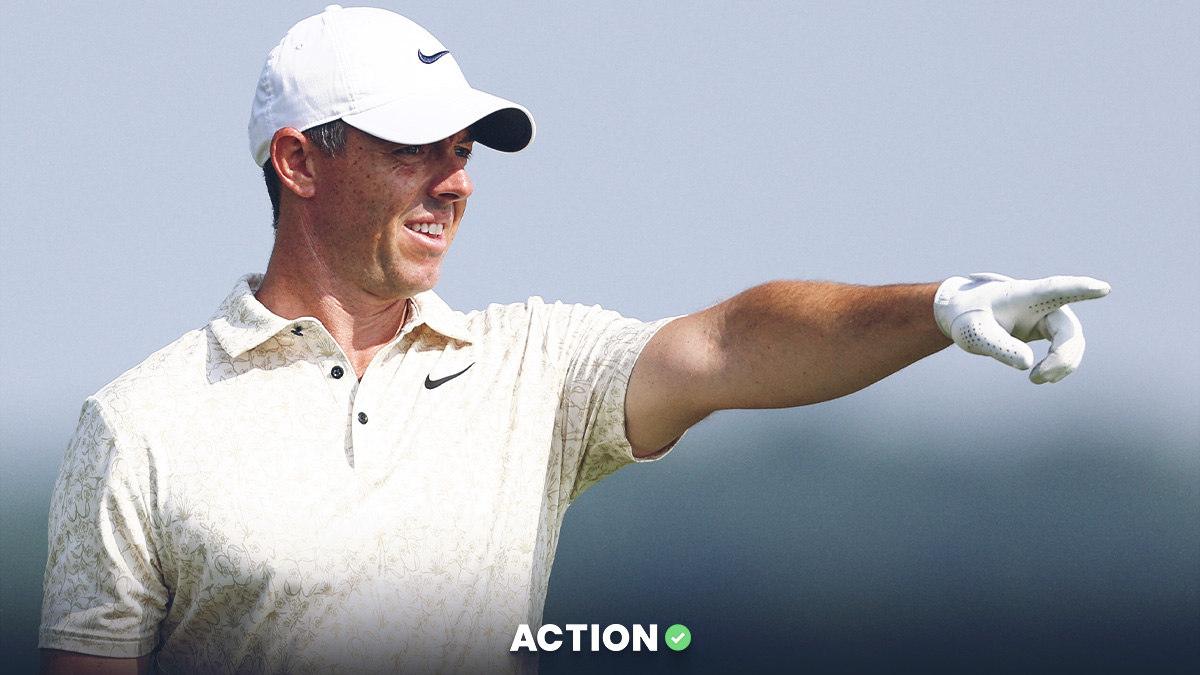Sunday Singles Session Is Key
Here’s a fun fact to keep in mind during the several inevitable momentum shifts over the first two days of this week’s Ryder Cup: Since the turn of the century, the team which won the Sunday singles session has also won the entire event on nine of the last 10 occasions.
The lone anomaly came in the weather-plagued 2010 edition, when Europe held a three-point lead entering the final day, then the U.S. took singles by a 7-5 margin yet still came up short.
Other than that, the overall singles winner has claimed the trophy in the last 10 Ryder Cups – and it usually hasn’t been close in that final session, either.
In its six wins which have held true to this trend, Europe has often dominated singles, twice winning by five points (2006, 2012), three times by three (2002, 2004, 2018) and just once by a single point (2014). Meanwhile, the Americans’ three wins have been bolstered by singles triumphs of four points (2021) and three (2008, 2016).
There’s a lesson in here.
For all of the hand-wringing and second-guessing over pairings during the event’s first two days of partnered matches, they’re largely more about positioning, considering 90 percent of the time over the past few decades it’s come down to which team is more proficient in the head-to-head format to close it out.

Americans Have Experience Edge
None of the above should suggest that we can completely disregard the first two days of team matches.
It can be argued whether experience matters in the four-balls and foursomes format – whether having paired with another player previously can be advantageous – but it can’t be argued which side owns the edge in this area.
On its current roster, Europe only contains four partnerships which have ever before played together in this competition and none more than once – Justin Rose/Jon Rahm (2018), Jon Rahm/Tyrrell Hatton (2021), Tyrrell Hatton/Shane Lowry (2021) and Shane Lowry/Rory McIlroy (2021).
By comparison, the U.S. side includes players who have combined for 10 partnerships in the Ryder Cup alone; that number increases to a whopping 29 when we also include pairings from the Presidents Cup, led by Jordan Spieth/Justin Thomas (8-2-0 in 10 matches) and Xander Schauffele/Patrick Cantlay (6-3-0 in nine matches).
Overall, that’s 25 more matches of experience that American players have in these two formats over their European counterparts. Finding a way to counteract that early could be key to any success for the home team.
Jordan Spieth and Justin Thomas are only 30 years old, but they’re just one match away from tying the record for most frequent U.S. partnership in Ryder Cup history.
The current record-holders? Jordan Spieth and Patrick Reed (7).
pic.twitter.com/vbFnt2KqFq— Sean Martin (@PGATOURSMartin) September 25, 2023
Beginner's Luck?
Of course, maybe experience is overrated. Perhaps having a little scar tissue still doesn’t cover the old wounds.
In each of the past five editions of the Ryder Cup, rookies have combined to post a winning record.
Two years ago, they went an overall 15-12-5, including an impressive 14-4-3 mark from the six U.S. first-timers. In 2018, rookies went 15-12-0, as each team’s newbies combined to post a winning record. In 2016, they were 12-11-0; in 2014, they went 11-5-6; and in 2012, rookies combined to post a 10-9-0 record.
All told, over the past decade-plus, those competing in the Ryder Cup for the first time have combined to go 63-49-11.
That should be good news for this year’s eight rookies – Wyndham Clark, Brian Harman, Max Homa and Sam Burns for the U.S.; Robert MacIntyre, Sepp Straka, Nicolai Hojgaard and Ludvig Aberg for Europe.
Ball-Striking Remains Paramount
Drive for show and putt for dough.
Admit it: Years ago, when you’d amble in on Grandpa watching a major championship, he’d yell these words at the TV screen anytime a player holed a putt of more than a few feet.
Thankfully, we now live in a generation which can fact-check these axioms with analytics, and, well, Grandpa probably wouldn’t appreciate being proven wrong.
Courtesy of Mark Broadie and the implementation of Strokes Gained statistics, we’ve learned that the long game can better identify and separate the best players.
Edoardo Molinari, a vice captain for Europe at this week’s Ryder Cup and early disciple of Broadie’s findings, once explained it to me this way: “You and I are having a match. Would you rather have a match on the putting green, chipping or who hits it longer and straighter? You’d take the putting green every time. At least you’d have a chance. You’d have no chance in the other areas. When you think about it, it makes sense.”
If you’re still unsure about the theory, try debunking this: The top-six players on the PGA Tour’s Strokes Gained: Tee to Green ranking this season and 10 of the top 12 are competing in the Ryder Cup this week.
That would be Scottie Scheffler (No. 1 on the list), Patrick Cantlay (3), Collin Morikawa (4), Xander Schauffele (9) and Rickie Fowler (11) for the U.S. and Rory McIlroy (2), Viktor Hovland (5), Jon Rahm (6), Tommy Fleetwood (8) and Tyrrell Hatton (10) for Europe.
Tough to chalk that up to coincidence, isn’t it?
Even Justin Thomas, a controversial captain’s pick for the American side, ranks 17th on this list, which perhaps helps shed some light on why he received such a nomination.
Of note: None of this is to suggest that putting isn’t important, too. A surprisingly high number of those ranked inside the top 12 in Strokes Gained: Putting are also competing this week – Schauffele (4), Max Homa (6), Hatton (7), Sam Burns (9) and Matt Fitzpatrick (11).
Europeans Have Eliminated U.S. Distance Advantage
Those tee-to-green numbers are particularly relevant here because over the past few weeks, we’ve heard Marco Simone Golf & Country Club being referred to as “a first-shot golf course.”
I crunched the numbers and found that the 11 players on the U.S. team who competed full-time on the PGA Tour this season hit a total number of 1,808 measured drives which traveled a combined 555,059 yards – good for a driving distance of almost exactly 307.0 yards. As for accuracy, their 12,615 tee shots found the fairway on 7,614 occasions, which is 60.4%.
Now let’s check the Europeans, who have long been shorter off the tee, yet more precise – a statistic which heavily played into course setup at Le Golf National five years ago.
Of the nine players on the European team who competed full-time on the PGA Tour this season, they hit a total number of 1,340 measured tee shots which traveled 410,364 yards, an average of 306.2 yards. These players hit 9,325 drives and found 5,652 fairways, 60.6% of the time.
(I’m omitting Brooks Koepka, Ludvig Aberg, Nicolai Hojgaard and Robert MacIntyre, none of whom were full-time PGA Tour members this season, because I wanted to keep some consistency amongst these numbers.)
Break it all down, and we find that the Americans hit the ball an average of just over two feet longer than the Europeans, while the Europeans find the fairway a quarter of a percent more frequently.
In layman’s terms, it’s pretty damn even.


